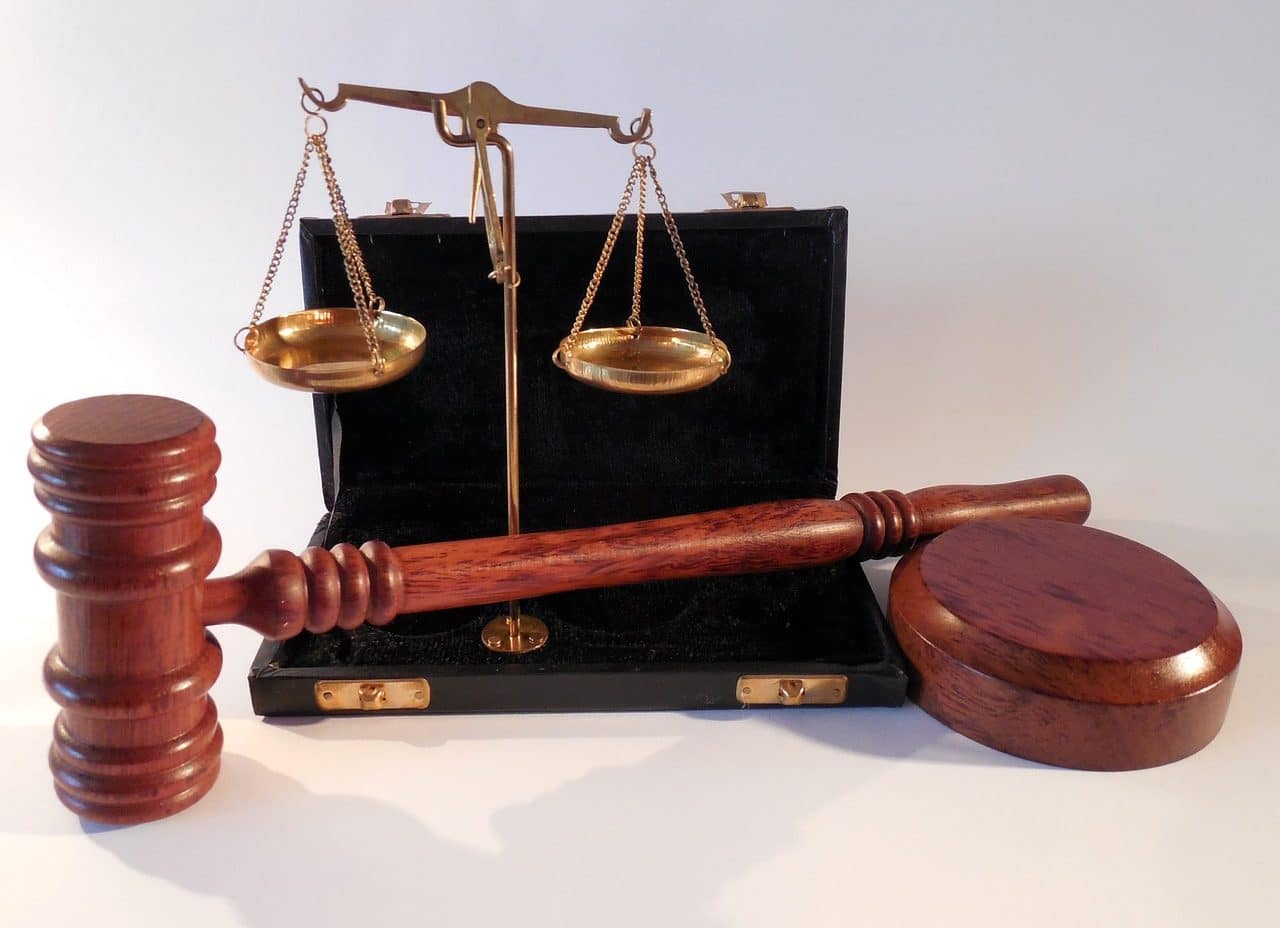
The separation of powers seeks to promote an independent, autonomous, transparent and specialized exercise of the Executive Branch, the Legislative Branch and the Judicial Branch.
Separation of powers is the expression that refers to a structure adopted by countries that want the independent functioning of each of the essential organizations for the development of a government .
When the division of powers is implemented and respected – a characteristic principle of the so-called representative democracy – autonomy , specialization, government transparency and different sources of legitimacy or authority of the three essential state sectors are sought: the Executive Branch , the Legislative and the Judicial Branch .
How the separation of powers was born
Before focusing on data of interest about the specific roles and activities of each one, it is interesting to learn (or remember) how the separation of powers was born .
It is said that it arose during the direct democracy established on Greek soil, specifically in the city-state known as Athens . In the time of the Roman Republic it was deepened in the context of the inaugural Constitution of the aforementioned period. In those times, political power branched into multiple magistrates . Some centuries passed between this panorama and the model of functional specialization contemplating well-distributed State organs proposed first by the English philosopher John Locke and, later, by his French colleague Montesquieu .
Throughout History, the purpose of this system has been to prevent a single individual or a very small group of people from concentrating all the authority and to guarantee both a balance and a limitation of power with the idea of better ensuring rights. civilians , for example.
It is enriching to inform yourself and compare models of current division of powers to verify the similarities and existing inequalities. The Constitution of the United States , to describe a case by way of reference, marks the difference between the judicial branch (made up of federal courts), the legislative branch (which is in charge of the members of Congress ) and the executive branch (in charge of who becomes president). Balance is sought there and the activities and tasks of each person are rigorously controlled to detect and dismantle possible excesses of power .

When a public authority or official abuses the power that the people have conferred on him, acts dishonestly with public funds, is untruthful and fails to fulfill his duties, he must be investigated. In the event of suspicions or accusations of political corruption, Justice must intervene.
The reality of parliamentarism is different, since in this regime it is the Parliament (which makes up the Legislative Branch ) that is in charge of electing, by consensus, the Executive Branch . Thus, the system of checks and balances comes into conflict or is not efficient given that the control of functions and balance are the responsibility of those who appoint the government .
Characteristics and responsibilities of each of the powers
It is appropriate to stop at the characteristics and responsibilities of each of the powers .
To make the content more precise and easier to identify in practice, we will focus on how the separation of powers is reflected in the Argentine Republic .
A democratic system governs the aforementioned nation. The electorate (made up of female and male voters qualified on registers who, from a certain age, can exercise their right to vote) from time to time has to elect their representatives. To assign positions, suffrage is organized on Argentine soil, which has the particularities of being secret, universal, obligatory and free.
The popular vote (direct or derived from a second round in the elections) determines who will be, for a period of four years, the person who will assume the presidency of the nation by prevailing in a certain percentage over the rest of the candidates to occupy said position. . That president (or president), who identifies with the bases of a specific political party and tries before the elections to gain party support and the trust of the people through campaign and alliances, is elected democratically and is at the head of Power National Executive . In this area, the laws made by the Legislative Branch are given effect. This, for its part, is developed by the members of the Chamber of Deputies and those of the Chamber of Senators .

In each State that adopts the democratic system there are tools to ensure the community a space to express, directly or indirectly, their decisions or elections regarding rulers and/or projects. Suffrage is one of those resources.
Nor can the Judicial Power be overlooked, in the hands of the Supreme Court of Justice of the Argentine Nation and multiple courts . This body is empowered to interpret current legislation and enforce it in daily life through sentences. These decisions, rulings or verdicts come after a fair trial (a process in which there are lawyers who represent each of the parties in conflict and officials called prosecutors dedicated to investigating crimes and proving authorship to promote criminal action against the perpetrators). responsible) that concludes with the resolution formulated by a popular jury or a judge .
If the margins of action are blurred and one power ends up conditioning, influencing or overriding another, then credibility and clarity are lost to the public, thus fueling distrust and suspicions of censorship , corruption and many other evils that harm deeply to democracy .
